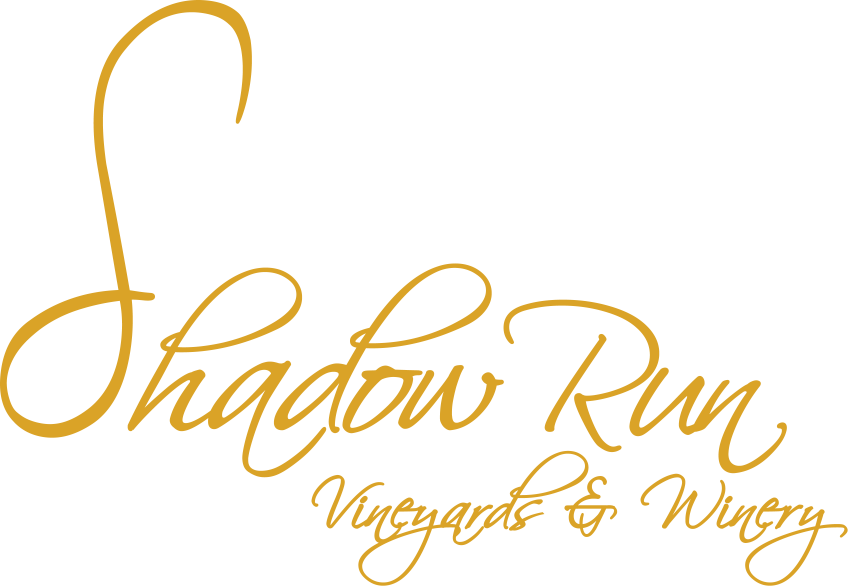Each year the vines rest from about mid-November through mid-March. In March, we prune the vines from scraggly bare sticks to neat shoots that extend out a few inches above the cordon (the horizontal branches that grow out on either side of the main trunk of the vine). It is these shoots that will ultimately leaf out, then form buds, flower and produce grapes. Fertilization, introduced through the irrigation system as well as nutrients sprayed on the leaves of the vines is undertaken in April. Irrigation is gradually increased as the weather warms and the vines need energy for the spring reawakening process. During the spring and early summer we constantly try to control weeds through mowing, weed whacking and hoeing. We don’t use herbicides in the vineyard. As fruit forms we evaluate the potential crop and actually drop many green bunches to insure that there is plenty of energy to produce the best grapes possible from the remaining bunches. At this time we also work with the canopy of leaves formed by the vines by using “catch wires’ to keep the canopy vertical rather than letting it flop over. This action allows the light to reach the fruit during the growing process, developing those flavor compounds that we all love to find in the wine. As the summer comes on we may allow the western side of the vine canopy to drop over to protect fruit from the intense afternoon sun.
As the fruit begins to show color (veraisen) birds become a nuisance and by late July we place netting over the vines to protect the fruit from becoming bird food. Harvest usually begins for our Viognier and Grenache Blanc (and this year, Zinfandel from Mas Olivas Vineyard) in late August. The later ripening Malbec, Petite Sirah and Syrah may not be harvested until mid-September. The last grapes to ripen will be Grenache, usually ripening in October. After harvest we fertilize again, remove netting and reduce watering until the rains come. The vines become bare “sticks” again by Thanksgiving.
